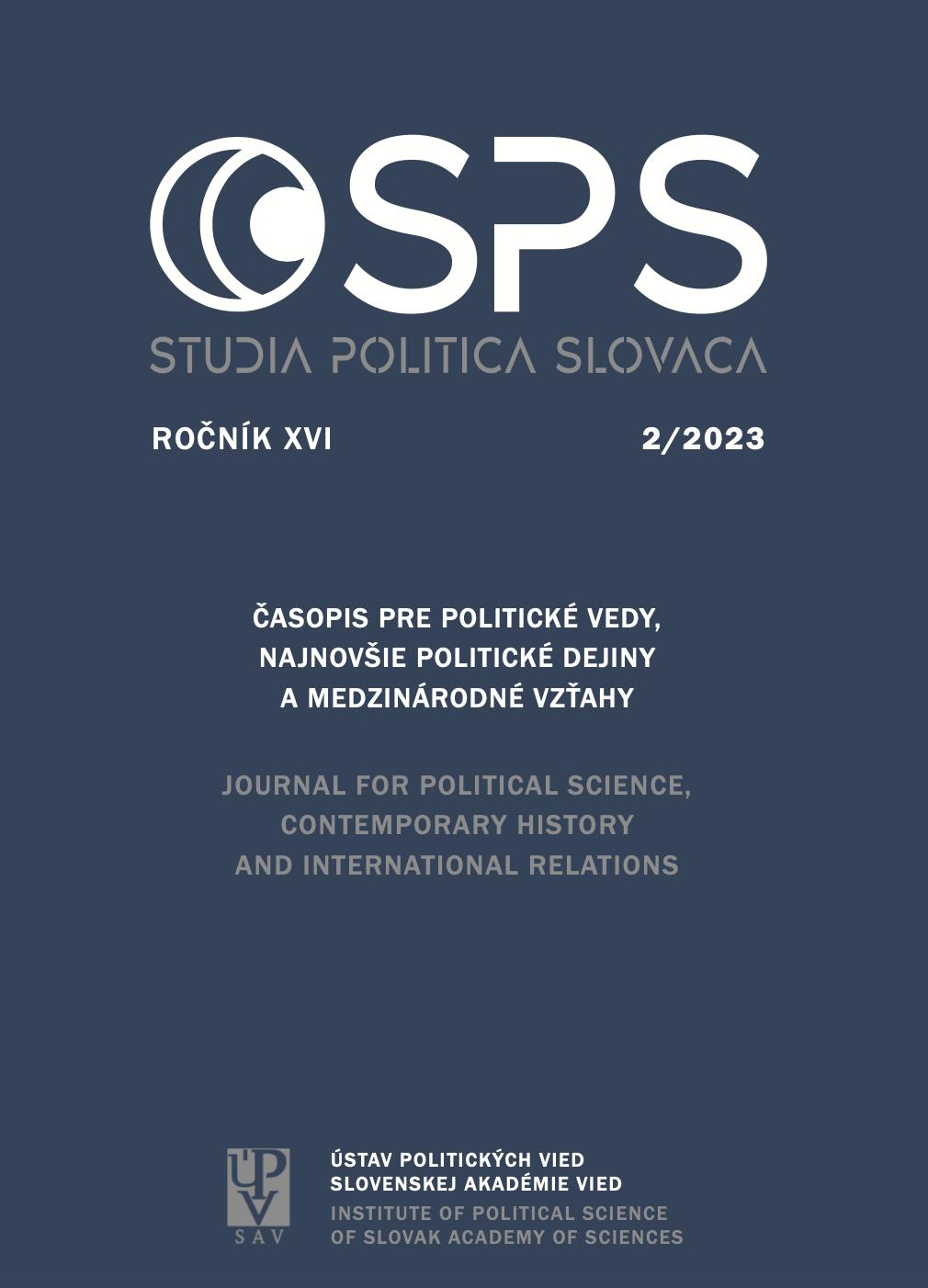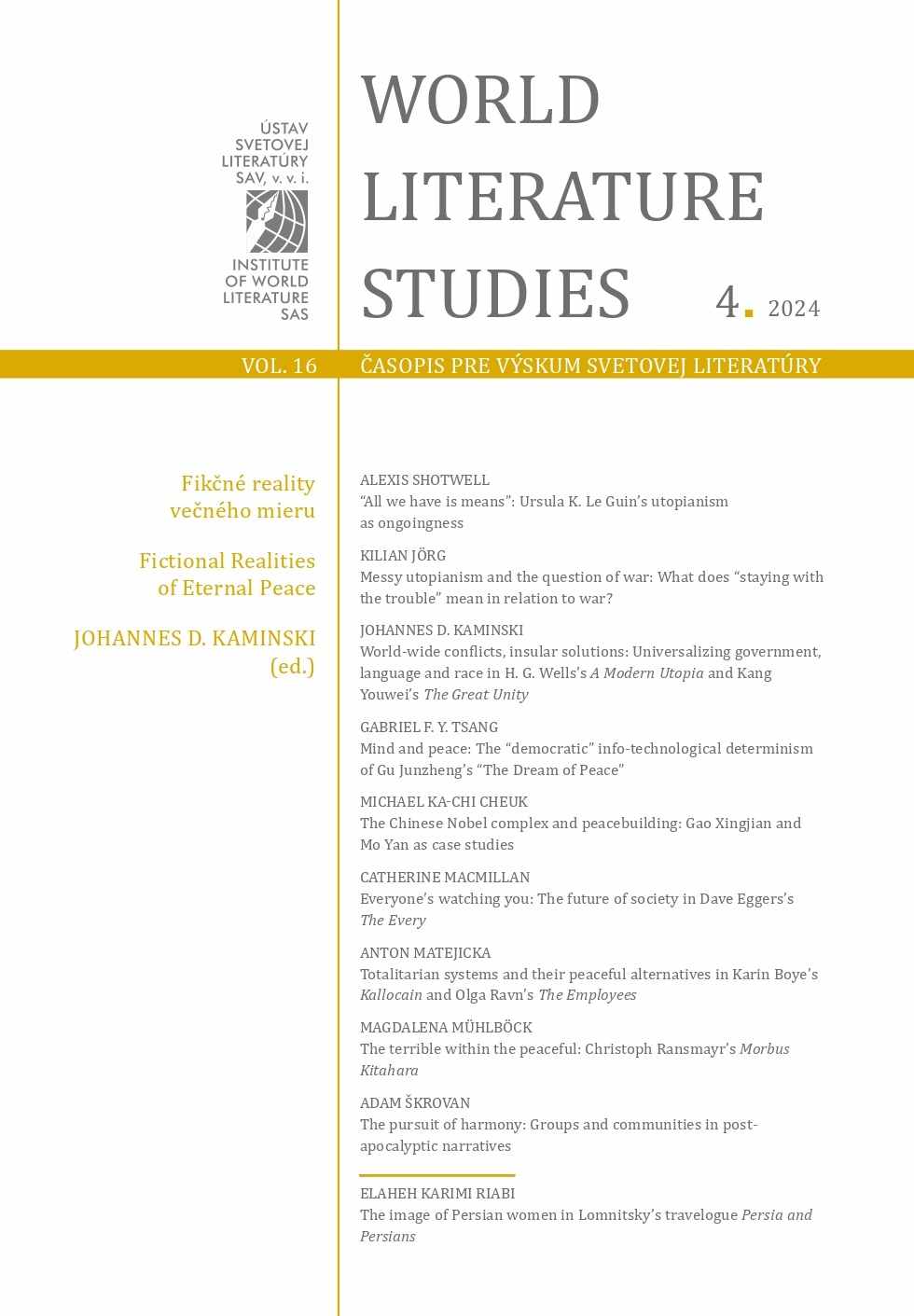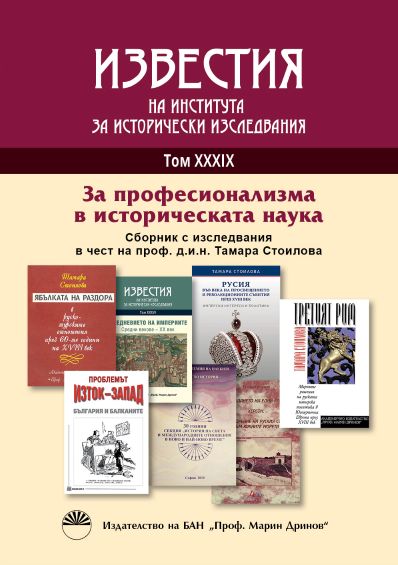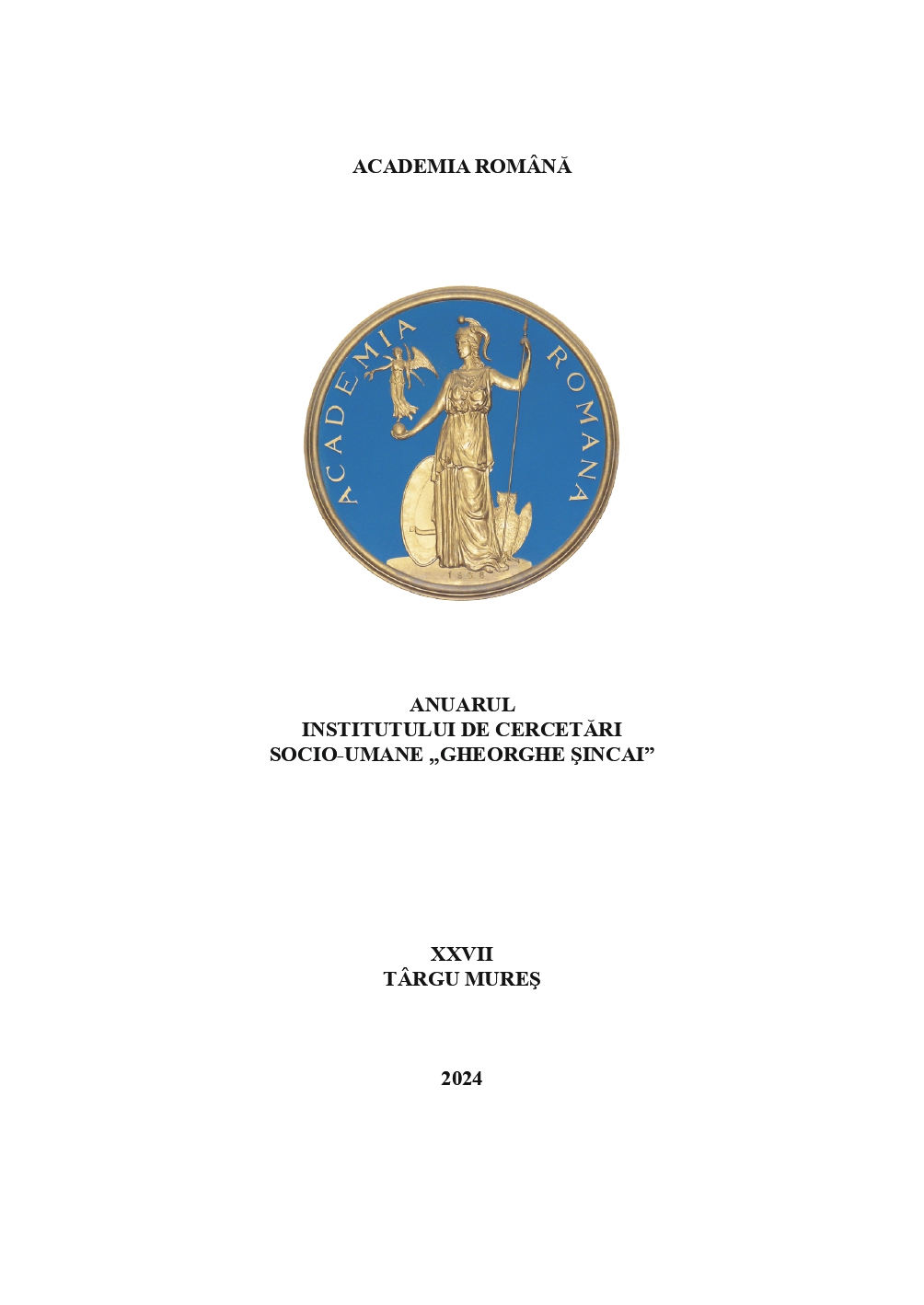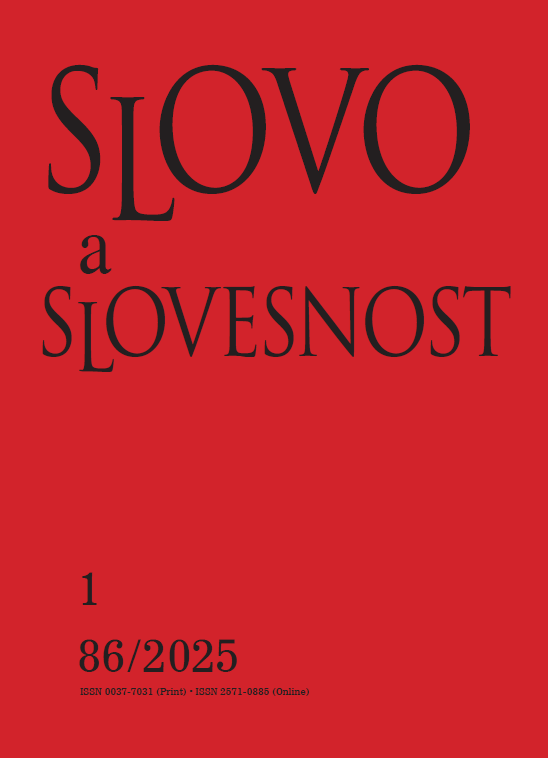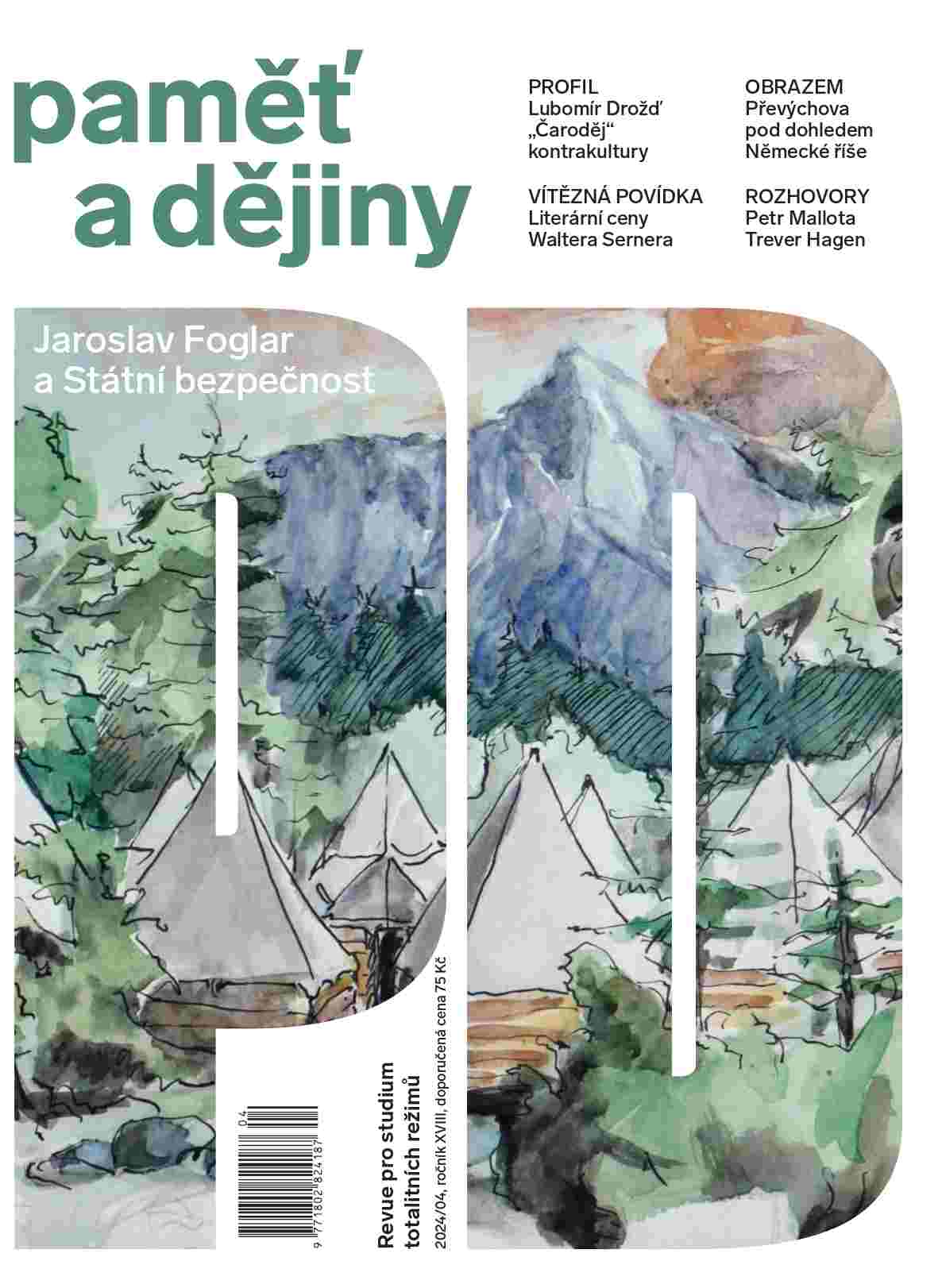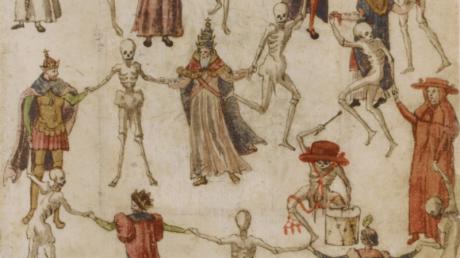
Royal funeral ceremonies in fourteenth-century Central Europe
Death and dying were a ubiquitous reality of the world of medieval society, with lasting effects on the living from all social groups in equal measure. However, for the rulers of the day, the process of dying and the subsequent burial was an important social, political and cultural event. Over time, special funerary ceremonial complexes developed that included a variety of rituals and symbols which indicated the status and importance of the medieval monarchs. This paper compares the funerary rituals and symbols of power on display during the processions of three Central European kings: King Charles I Robert of Hungary (1342) in Visegrád, Buda and Szkésfehérvár, Polish King Casimir III the Great (1370) in Kraków and Bohemian King and Roman Emperor Charles IV (1378) in Prague. Each of these monumental events included a number of common motifs and ritual sequences, though at the same time, local flavour or innovations always came into play. The common denominator of these three ceremonies was that in the spirit of the political theology of the time, all referenced the immortality of the sovereign power and its timeless essence, which sprung from a sacred character sanctioned by God’s grace.
More...


